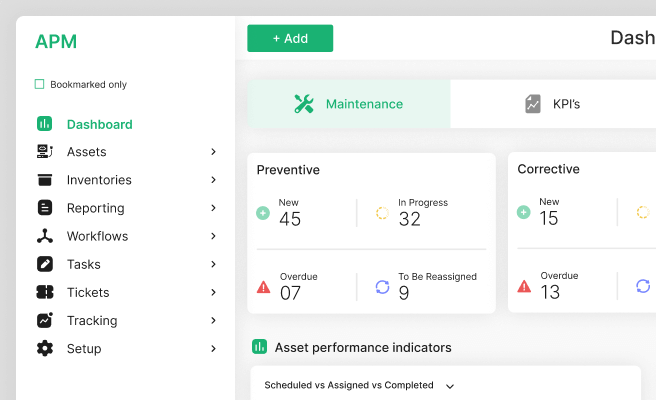Messaging Framework
<p>A messaging framework is a structured approach to crafting and organizing communication messages to ensure consistency, clarity, and alignment with an organization's goals. It serves as a guide for creating compelling and cohesive messages across different channels and audiences, which is crucial for maintaining a unified brand voice and achieving effective communication.</p>
<p>The concept of a messaging framework is particularly important for organizations that need to communicate complex ideas or technical information, such as those in the climate tech industry. By utilizing a messaging framework, companies can ensure that their messages resonate with their target audience and convey the desired impact.</p>
<h2>Components of a Messaging Framework</h2>
<p>A comprehensive messaging framework typically includes the following components:</p>
<p><strong>1. Core Message:</strong> This is the central idea or main point that an organization wants to communicate. It should be clear, concise, and aligned with the organization's mission and values.</p>
<p><strong>2. Key Messages:</strong> These are the supporting points that reinforce the core message. They provide additional context and detail, helping to explain and expand upon the core message.</p>
<p><strong>3. Audience Segments:</strong> Identifying and understanding different audience segments is crucial for tailoring messages to their specific needs and preferences. This can include demographic information, pain points, and interests.</p>
<p><strong>4. Message Pillars:</strong> These are the main themes or topics that support the core message. They help to structure the messaging framework and ensure that all communication aligns with the overarching goals.</p>
<p><strong>5. Proof Points:</strong> These are pieces of evidence, such as data, testimonials, or case studies, that support the key messages and add credibility.</p>
<h2>Benefits of Using a Messaging Framework</h2>
<p>Implementing a messaging framework offers several benefits:</p>
<p><strong>Consistency:</strong> Ensures that all communication is aligned and consistent across different channels and platforms, which helps to build a strong and recognizable brand identity.</p>
<p><strong>Clarity:</strong> Provides a clear and structured approach to communication, making it easier for audiences to understand and retain the information.</p>
<p><strong>Efficiency:</strong> Streamlines the content creation process by providing a clear guide for crafting messages, saving time and resources.</p>
<p><strong>Effectiveness:</strong> Enhances the impact of communication by ensuring that messages are tailored to the needs and preferences of different audience segments.</p>
<h2>Real-World Example: Climate Tech Messaging</h2>
<p>Let's consider a climate tech company specializing in carbon capture technology. Their messaging framework might look like this:</p>
<p><strong>Core Message:</strong> "Our innovative carbon capture technology is crucial for reducing greenhouse gas emissions and combating climate change."</p>
<p><strong>Key Messages:</strong></p>
<ul>
<li>"Our technology captures up to 90% of CO2 emissions from industrial sources."</li>
<li>"We provide scalable solutions that can be integrated into existing infrastructure."</li>
<li>"Our approach is cost-effective and supports sustainable development."</li>
</ul>
<p><strong>Audience Segments:</strong></p>
<ul>
<li>Environmental regulators and policymakers</li>
<li>Industrial companies seeking to reduce their carbon footprint</li>
<li>Investors interested in sustainable technologies</li>
</ul>
<p><strong>Message Pillars:</strong></p>
<ul>
<li>Technological innovation</li>
<li>Scalability and integration</li>
<li>Cost-effectiveness and sustainability</li>
</ul>
<p><strong>Proof Points:</strong></p>
<ul>
<li>Data from pilot projects demonstrating the effectiveness of the technology</li>
<li>Testimonials from industry partners who have successfully implemented the solutions</li>
<li>Case studies showcasing successful projects and their impact</li>
</ul>
<h2>Conclusion</h2>
<p>In summary, a messaging framework is an essential tool for organizations looking to communicate effectively and consistently. By defining core messages, key messages, audience segments, message pillars, and proof points, organizations can ensure that their communication is clear, compelling, and aligned with their goals. For climate tech companies, a well-crafted messaging framework can help convey the importance and impact of their innovative solutions in addressing environmental challenges. For more information on creating a messaging framework, visit <a href="https://www.contentmarketinginstitute.com" style="color:#2896FF; text-decoration:underline;">Content Marketing Institute</a>.</p> <p>Increase user engagement that converts your demos into sales. Optimise your UX strategies with our audits.
<p>Fill out the <a href="https://tally.so/r/n97pxQ" style="color:#2896FF; text-decoration:underline;">UX Audit form</a> to get started. Ready to discuss your needs? <a href="https://cal.com/akhilak/what-if-design?duration=25" style="color:#2896FF; text-decoration:underline;">Book a consultation call</a> with us today.</p></p>

Let's scale your impact with great design.
Free consultation, no sales pitch
Thank you! Your submission has been received!
Oops! Something went wrong while submitting the form.
Let’s talk
Nothing great is built alone.
Let’s connect about your vision, our work and how we can collaborate.
Get in touch

